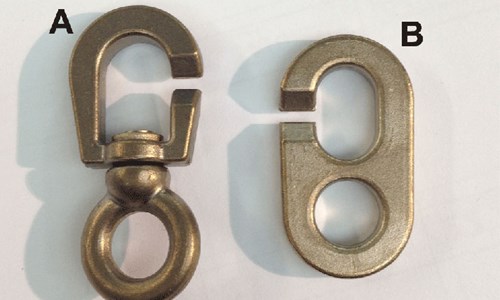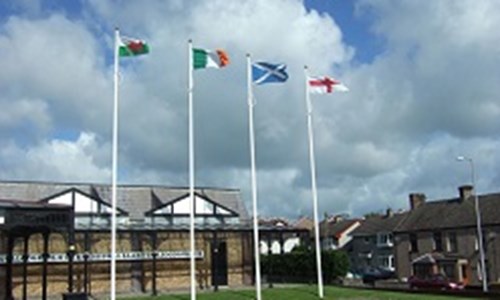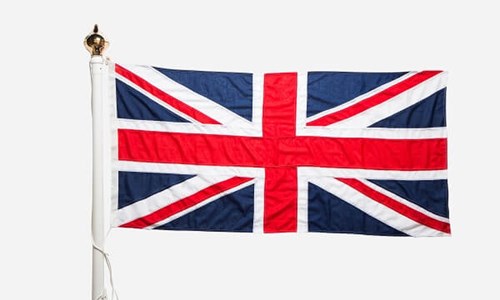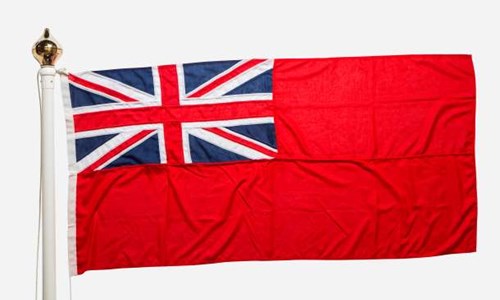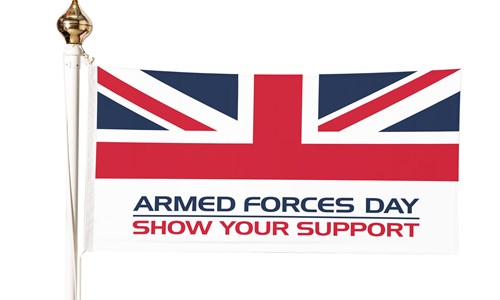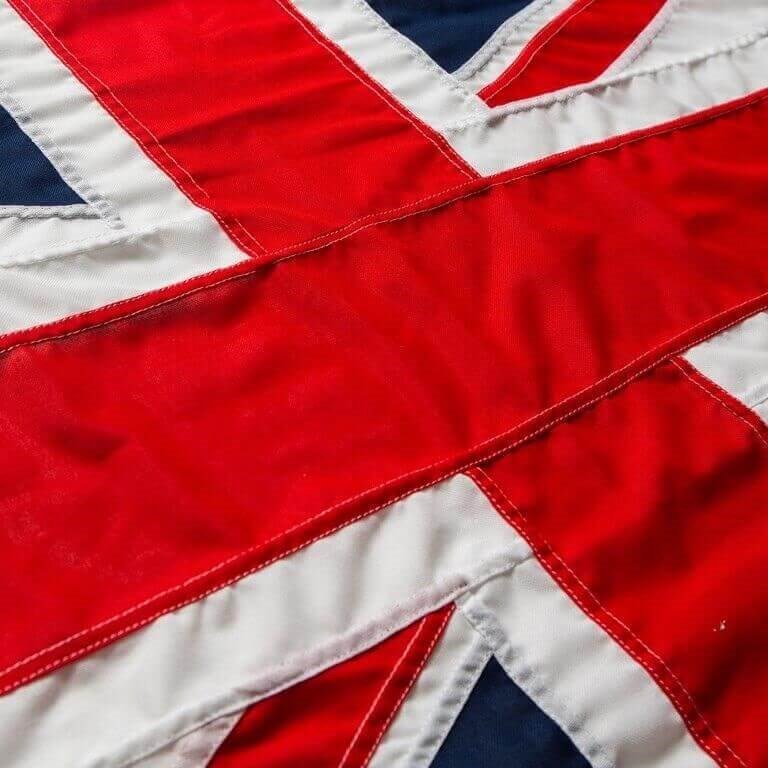Lithuania
First used 1918-1940 and again from 1989 after Lithuania gained independence from Russia, the yellow band in the yellow, green and red horizontal tricolor represents waving fields of grain
Key Features
- Made from highest-quality MOD grade flag fabric.
- Made to official Flag Institute guidelines.
- Specifically designed and manufactured for outdoor flying
- Hemmed on the three exposed sides with a strong double hem
- Complete with headband, rope and toggle ready to fly
Product Description
We manufacture and supply the Lithuania flag ready to fly on the top a flagpole in either hand sewn or digitally printed options.
We highly recommend hand sewn national flags as the preferred choice for your flag. Manufactured using Ministry of Defence approved 155gsm woven flag material, this fabric offers the best possible durability and has been used by the Navy and other military branches for many years.
Hand sewn Lithuania national flags are made to MoD & Flag Institute standard patterns by cutting panels of the required colours from a roll of fabric, before being sewn together by our skilled flagmakers to create the official Lithuania pattern. National flag designs with complex details will have a printed panel or badge added to the main field of the flag.
Dye-sublimated Lithuania national flags are created using our state-of-the-art textile print systems and woven polyester flag fabric in our UK manufacturing facility. Chosen for strength and durability, knitted polyester is an ideal choice for anybody looking for a good value national flag finished ready to fly from your flagpole.
The Lithuania national flag is finished by hand with a headband rope and toggle as standard, ready to attach directly to a flagpole. The three exposed sides of the flag are finished with a strong double hem and a triple sewn hem on the fly edge for extra durability.
Other finishes are available, please be sure to select the correct option for you or contact a member of our team for support.
Frequently Asked Questions
What size flag do I need?
All our national flags are available in international standard sizes. If you're intending on flying your flag from a flagpole you can use this handy guide to help you choose the right size flag for your pole.
|
Flagpole height |
Flag Size |
|
4m |
1.5 yd |
|
5m |
2yd |
|
6m |
2yd |
|
7m |
2.5yd |
|
8m |
2.5yd |
|
9m |
3yd |
|
10m |
3yd |
Works Well With
Inglefield Clips
Inglefield Clips are a clip system designed specifically for flags. The clip attaches to the flag and the flagpoles halyard (rope), if you are unsure if you req…
£14.40 View ProductOther Products You May Like
Union (United Kingdom)
The Union flag, adopted in 1801, symbolises England, Scotland, Wales, and Ireland in the United Kingdom. It combines elements from the flags of Scotland, Englan…
£24.72 View ProductRed Ensign Flag
Commonly referred to as the "Red Duster, the Red Ensign is used by British merchant and passenger ships, and members of the "Red Ensign Group."
£24.00 View ProductArmed Forces Day Flag
Armed Forces Day celebrations take place every year on the last Saturday of June. The Armed Forces Day Flag is traditionally raised on buildings and landmarks t…
£17.64 View Product